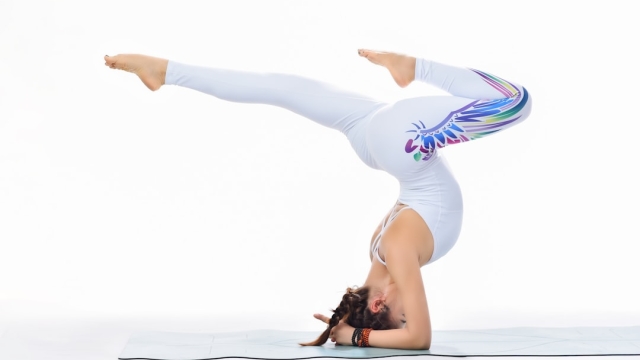In a world where fitness and active lifestyles are increasingly prioritized, the demand for quality activewear has surged. This opens up numerous opportunities for entrepreneurs looking to carve a niche in the apparel industry. One effective way to enter this market is through private label activewear. This approach allows businesses to offer unique products under their own brand while leveraging existing manufacturing capabilities. Understanding the nuances of private label activewear can be the key to establishing a successful brand in this competitive landscape.
Understanding Private Label Activewear: What It Is and How It Works
Private label activewear refers to apparel created by a manufacturer that is branded and sold by another company. This means that the retailer has control over the branding, design, and marketing of the products while the manufacturer handles production. This model provides significant advantages, including reduced overhead costs and the ability to offer customized products that align with a brand’s identity. By opting for private label activewear, businesses can position themselves uniquely in the marketplace without the complexities of large-scale manufacturing operations.
Choosing the Right Manufacturer for Your Private Label Activewear
Selecting the right manufacturer is crucial for the success of your private label venture. Here are some key factors to consider:
- Quality of Materials: Ensure the manufacturer uses high-quality fabrics and materials that meet industry standards. This is vital for activewear, where performance and comfort are paramount.
- Production Capacity: Assess whether the manufacturer can meet your potential demand. It’s important to choose a partner that can scale with your business as it grows.
- Communication and Collaboration: A manufacturer that is responsive and open to collaboration can make the design and production process smoother. Good communication is essential for addressing any issues that may arise.
- Reputation: Research the manufacturer’s track record. Look for reviews or testimonials from other brands to gauge their reliability and quality.
Trends in Activewear: What Consumers Are Looking For
Understanding consumer preferences is critical when developing private label activewear. Some of the trends that have emerged include:
- Sustainability: Many consumers are becoming more environmentally conscious, seeking out brands that prioritize sustainable materials and ethical manufacturing practices.
- Versatility: Activewear that can transition from workout sessions to casual outings is increasingly popular. Offering stylish yet functional pieces can attract a broader audience.
- Inclusivity: Consumers are looking for brands that offer a wide range of sizes and styles that cater to diverse body types and preferences.
Steps to Launching Your Own Private Label Activewear Brand
Launching a private label activewear brand involves several key steps:
- Market Research: Understand your target audience and their preferences. Identify gaps in the market that your brand can fill.
- Brand Development: Create a strong brand identity, including your brand name, logo, and unique selling proposition. This will set you apart from competitors.
- Designing Your Line: Work with designers to create a product line that reflects your brand’s identity and aligns with consumer preferences.
- Finding a Manufacturer: Research and select a manufacturer that meets your criteria. This is where the quality of your products will be determined.
- Launching Your Brand: Plan a launch strategy that includes marketing efforts to build awareness and drive sales. Utilize social media and influencer partnerships to reach your audience effectively.
Marketing Strategies for Private Label Activewear Products
Effective marketing is essential for your private label activewear brand to thrive. Here are some strategies to consider:
- Leverage Social Media: Platforms like Instagram and TikTok are powerful tools for showcasing your products. Share engaging content that resonates with your audience.
- Influencer Collaborations: Partnering with fitness influencers can amplify your brand’s reach and credibility. Their endorsement can attract their followers to your products.
- Email Marketing: Build an email list to keep potential customers informed about new product launches, promotions, and brand news.
- Content Marketing: Create valuable content related to fitness and wellness that positions your brand as an authority in the activewear space.
In conclusion, private label activewear presents a remarkable opportunity for entrepreneurs to establish their own brand in a growing market. By understanding the manufacturing process, recognizing consumer trends, and implementing effective marketing strategies, you can successfully launch and grow your private label activewear line. For those looking to explore manufacturing options, resources like Ingor Sports can provide valuable insights and support in your journey.


